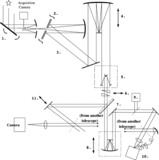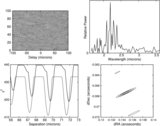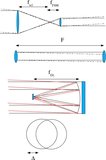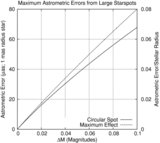Image Details
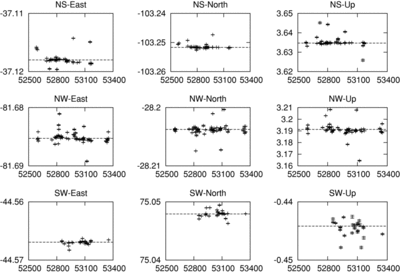
Caption: Figure 4.
Solutions for the three PTI baseline vectors. The three baselines at PTI were named "NS," "NW," and "SW" due to their rough orientations. Each was a three-dimensional vector, which was given by components in the "East" (east–west), "North" (north–south), and "Up" (up–down) directions (the first two were tangent to the Earth, the last was perpendicular). Horizontal axes are time in modified Julian days (MJD), vertical axes are baseline length in meters. Lines represent average baseline fits used for data reduction presented in this paper; points with error bars represent a given night's baseline solution. The baseline solutions were derived from the observed delay positions of single-star sources with known global astrometric positions via inversion of Equation (2). The y-axis tick marks in each plot are all 10 mm. Note that the scatter in the "Up" dimension was much larger than the other dimensions; this was due to preferential observing of targets overhead, for which the "Up" component is highly covariant with the constant term in the delay equation. The baseline solution used for data analysis was a weighted average of the solutions plotted.
Copyright and Terms & Conditions
© 2010. The American Astronomical Society. All rights reserved.


